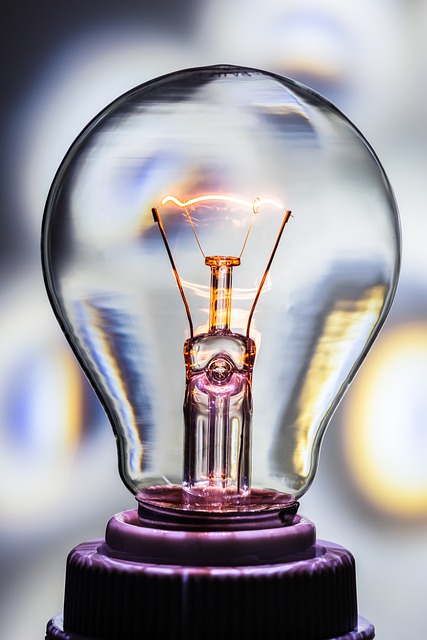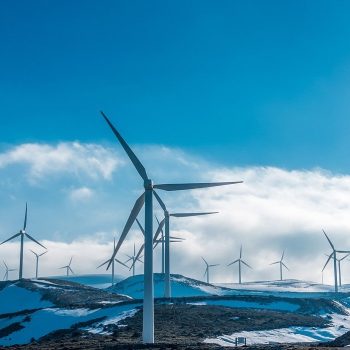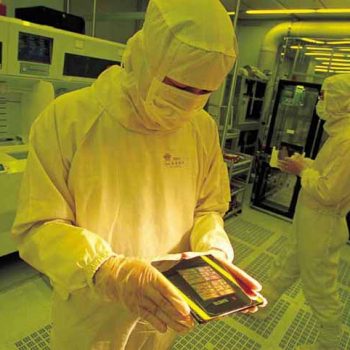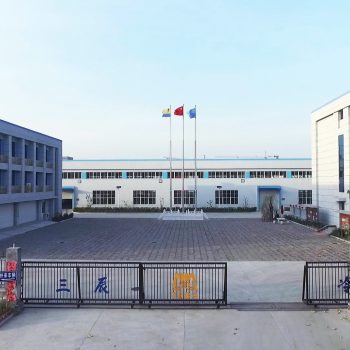A group of engineers from the University of Massachusetts Amherst has recently demonstrated that any material can be transformed into a device capable of continuously extracting electricity from moisture in the air.
The key lies in incorporating nanopores with a diameter of less than 100 nanometers into the material. The findings of their research were published in the journal Advanced Materials. Xiaomeng Liu, the lead author of the paper and a graduate student in electrical and computer engineering at UMass Amherst, expressed excitement about the discovery, stating that it paves the way for harnessing clean electricity from the atmosphere.
Jun Yao, the senior author of the paper and an assistant professor of electrical and computer engineering at UMass Amherst, explained that the air contains a significant amount of electricity. He drew an analogy to clouds, which consist of water droplets, each carrying a charge. Yao mentioned that while natural clouds can produce lightning bolts, reliably capturing electricity from lightning remains a challenge. However, their team has developed a small-scale, human-built cloud that can consistently generate and enable the harvesting of electricity from the air.
The foundation of this man-made cloud is what Yao and his colleagues refer to as the “generic Air-gen effect.” This effect builds upon their previous work in 2020, where they demonstrated the continuous extraction of electricity from the air using a specialized material made of protein nanowires derived from the bacterium Geobacter sulfurreducens. Yao explained that after making the discovery with Geobacter, they realized the ability to generate electricity from the air, which they named the “Air-gen effect,” is applicable to any material possessing a specific property.
That property entails having pores smaller than 100 nanometers (nm), which is less than one-thousandth the width of a human hair. The critical factor in this context is the “mean free path,” which represents the distance traveled by a single molecule of a substance (in this case, water in the air) before colliding with another molecule of the same substance. When water molecules are suspended in the air, their mean free path is approximately 100 nm.

Yao and his colleagues recognized the potential to design an electricity harvester based on this parameter. They proposed a thin layer of material filled with nanopores smaller than 100 nm, allowing water molecules to pass through from the upper to the lower part of the material. Due to the minuscule size of each pore, water molecules would frequently collide with the pore’s edge as they traverse the thin layer. Consequently, the upper part of the material would encounter a higher number of charge-carrying water molecules compared to the lower part, creating an imbalance in charge similar to that observed in clouds. This setup effectively functions as a battery, operating as long as there is humidity in the air.
Find the press release here.










